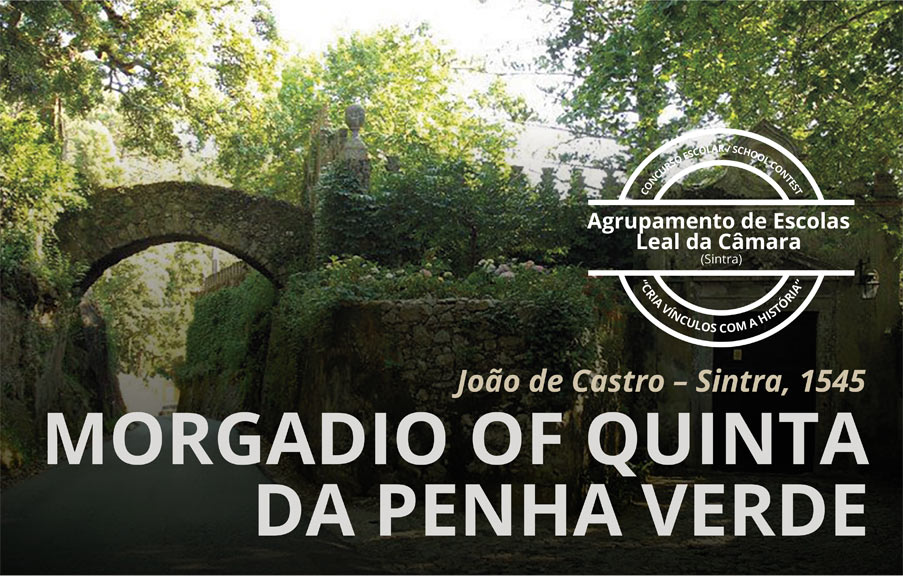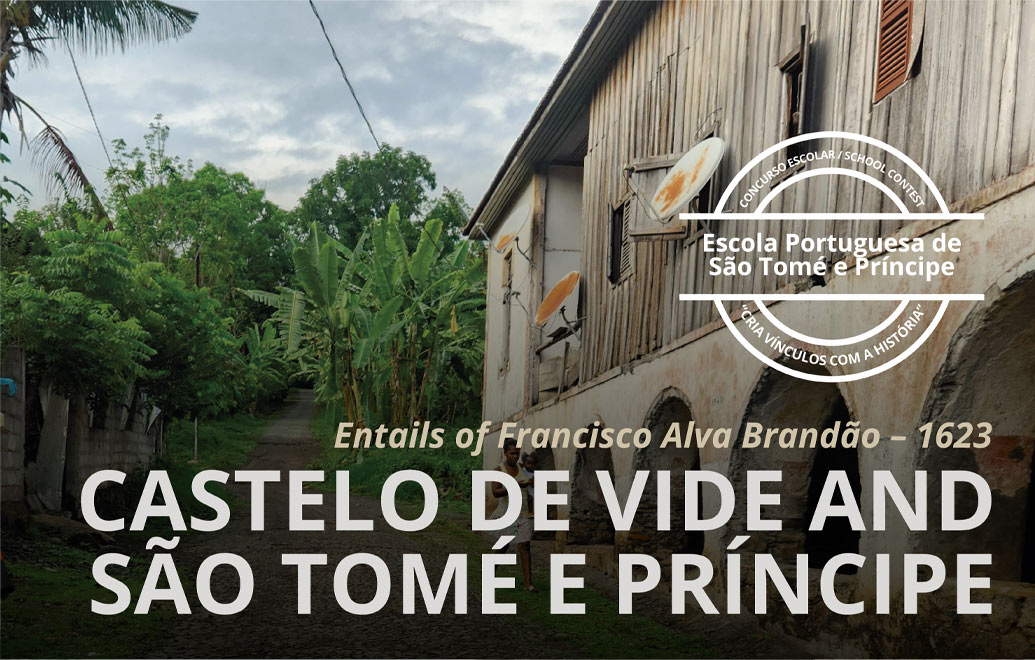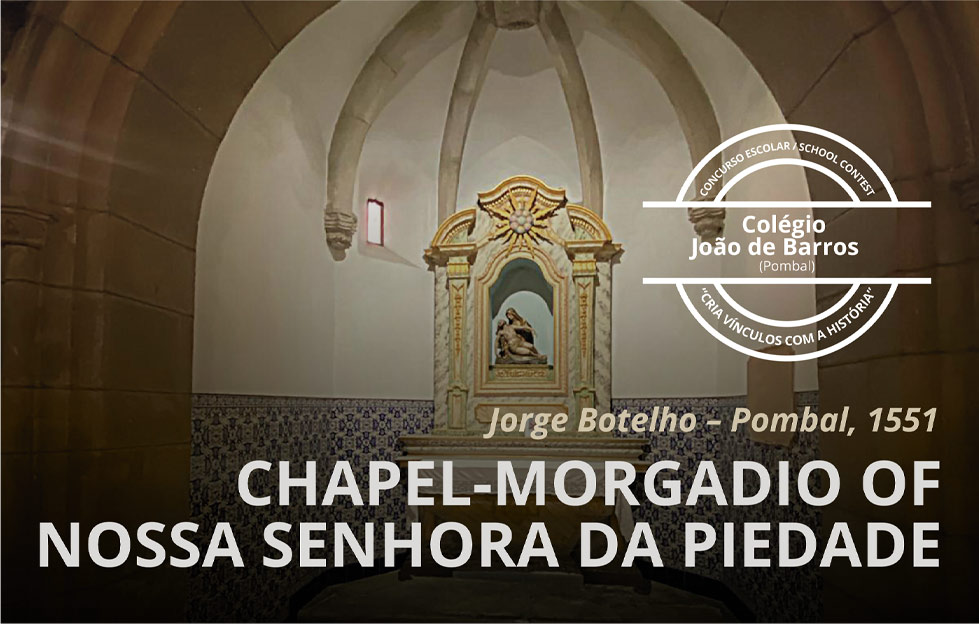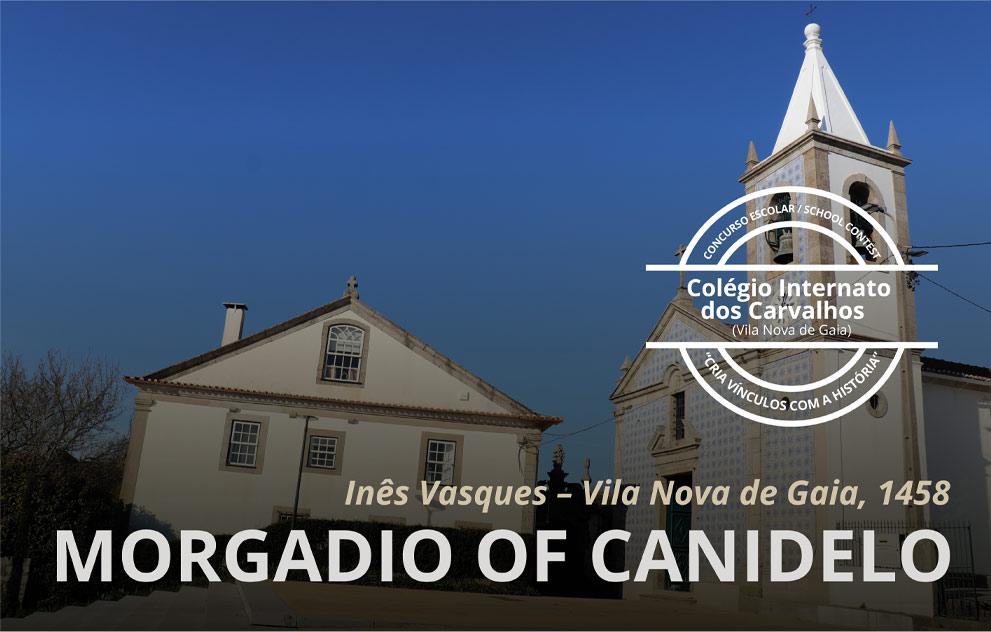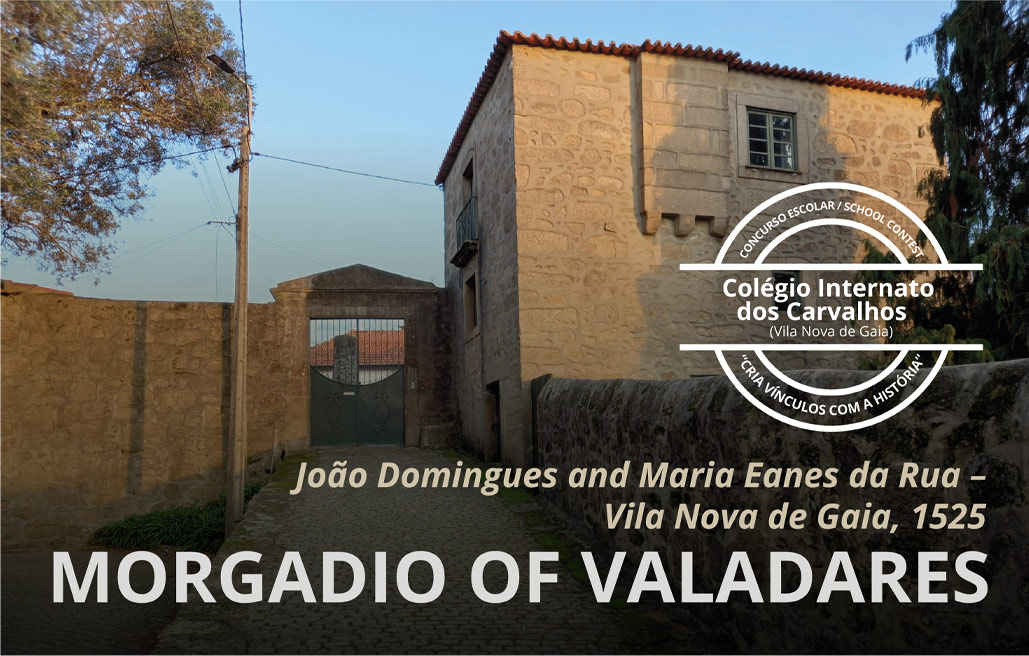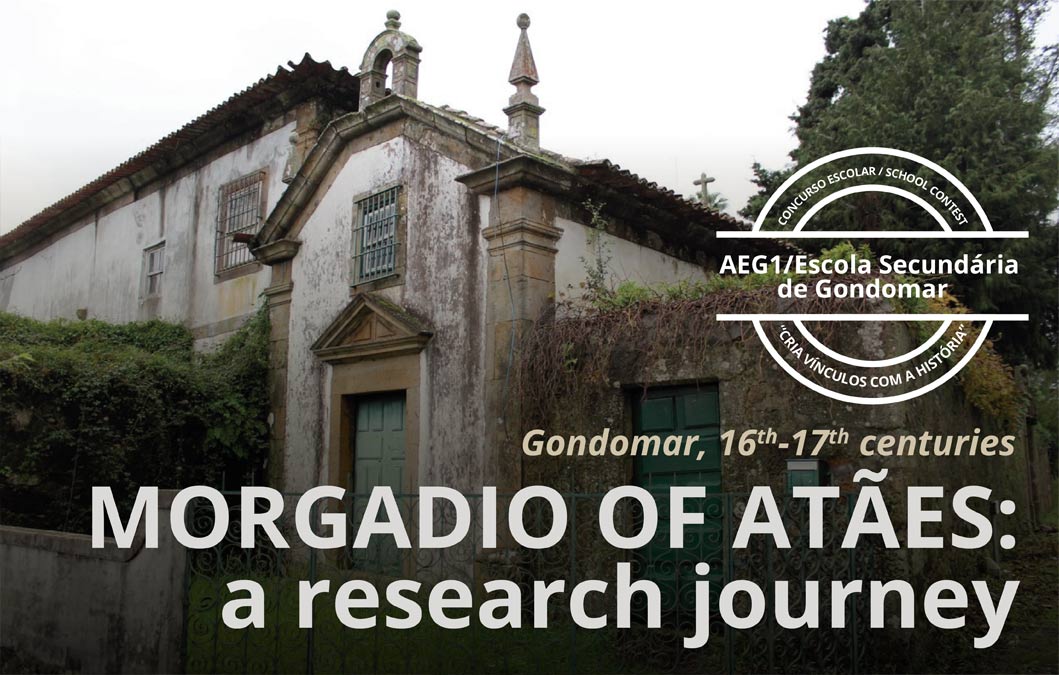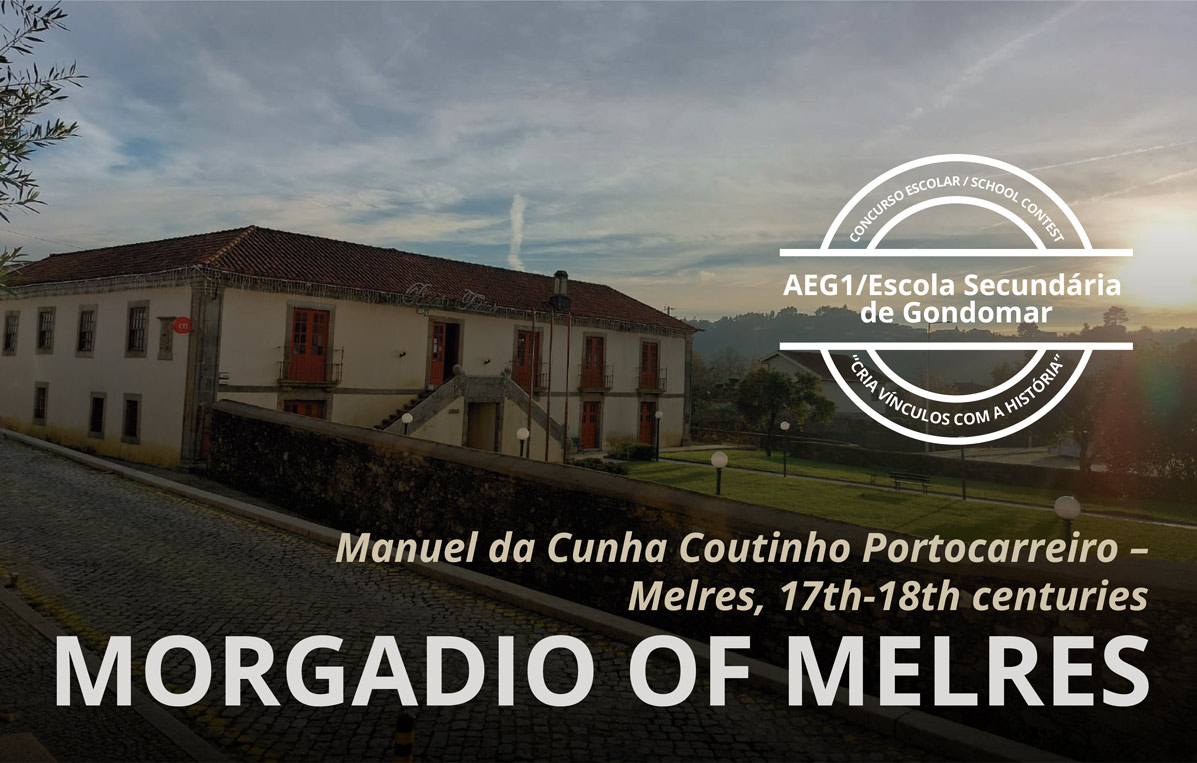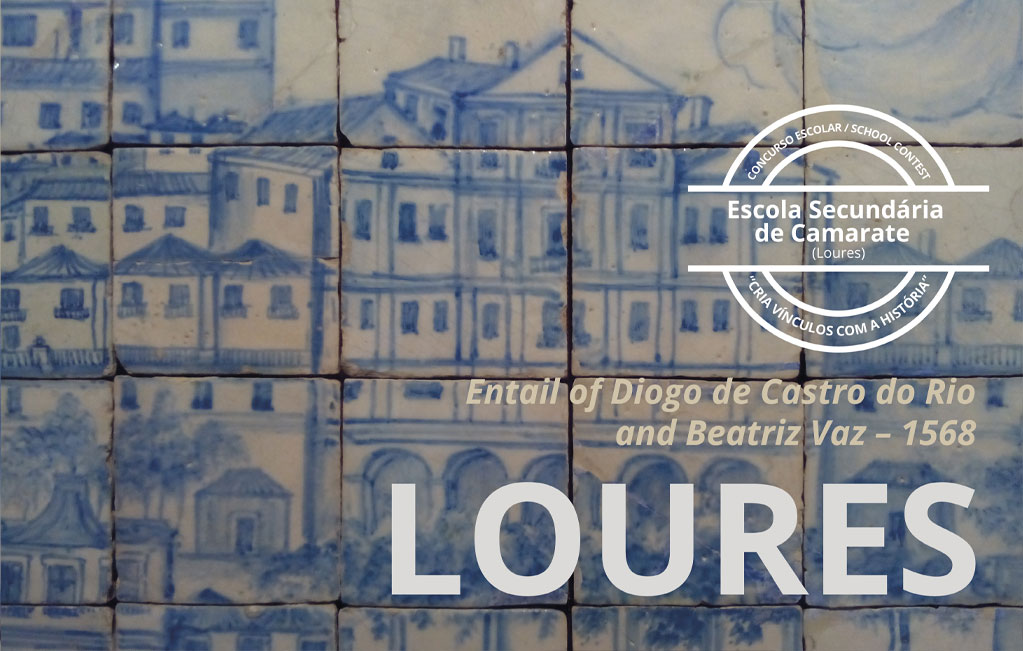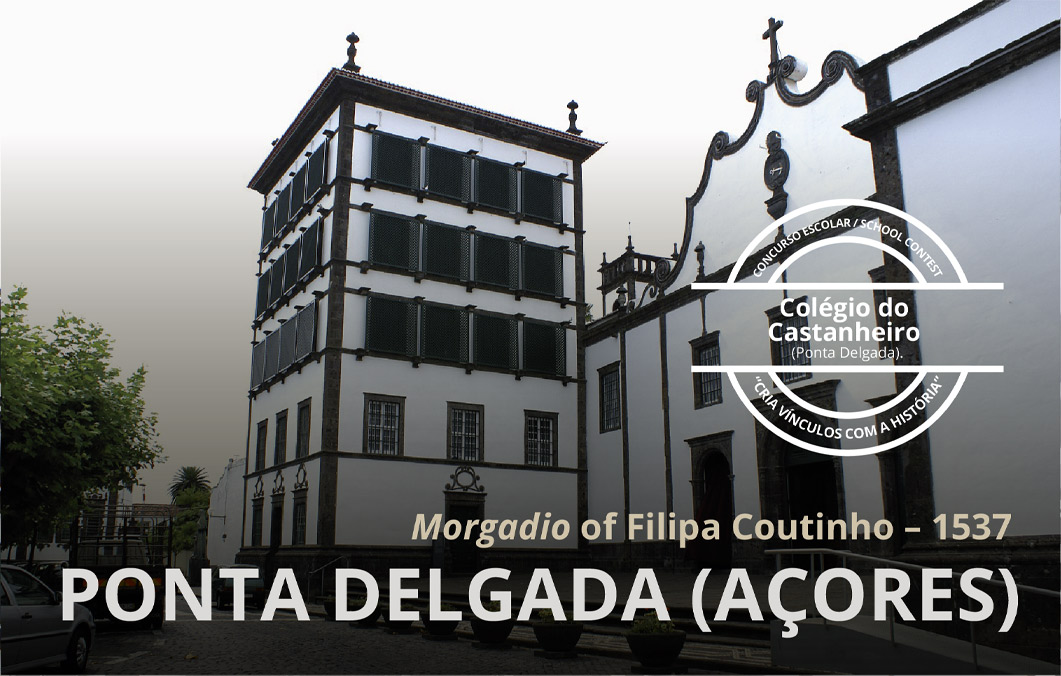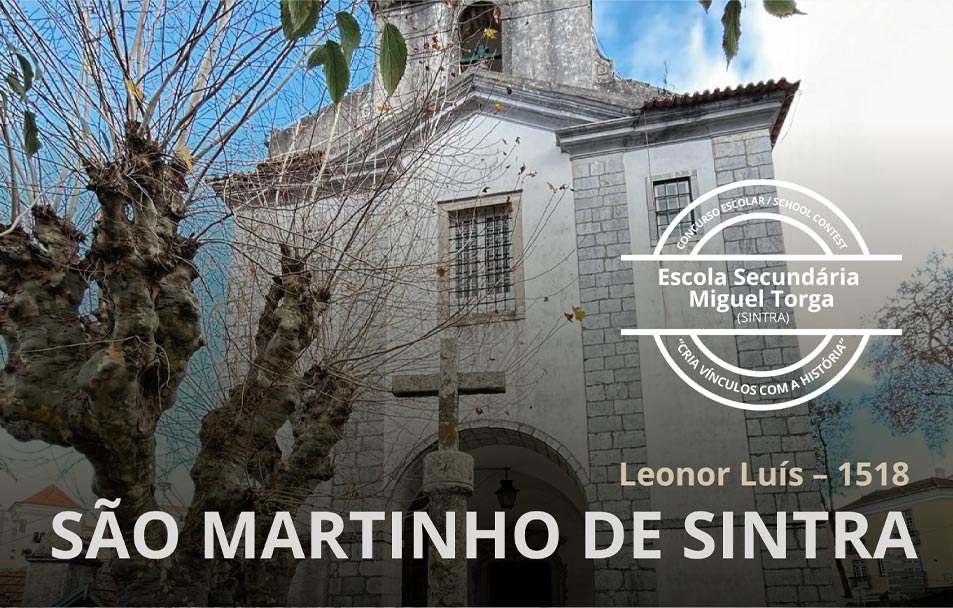Entail of the month (November, 2024)
Morgadio of Quinta da Penha Verde
By D. João de Castro (1545)
The morgadio of Quinta da Penha Verde was instituted at Quinta da Fonte d’El-Rei, in Sintra, on 19 March 1545, in the will of D. João de Castro (1500-1548) (institution in SEPÚLVEDA, 1900: 11-16).
A nobleman of the house of King Manuel I, João de Castro was the son of Álvaro de Castro, governor of the Civil House and Vedor da Fazenda Real, and Leonor de Noronha, daughter of João de Almeida, 2nd Count of Abrantes. He married his cousin, D. Leonor Coutinho. A humanist and man of letters, he took advantage of his trips to the Orient to write the Roteiros de Navegação, highlighting his cosmographic knowledge, perhaps developed with the mathematician Pedro Nunes (SANCEAU, 1981: 15-16). He was the 13th governor and 4th viceroy of India. On his father’s death in 1528, João de Castro inherited not only Quinta da Fonte d’El-Rei, but also Tapada da Quinta da Penha Verde, now Quinta da Fonte dos Cedros (JESUS, 2021: 66). According to the Viceroy of India himself, the first quinta had already been in the family’s possession for several decades. In fact, King João stated in his will that he owned Quinta da Fonte d’El-Rei near Sintra, to which he had “great affection (…) because it was the land where my father and grandparents grew up” (SEPÚLVEDA, 1900: 12).
In 1542, even before the morgadio was founded, João de Castro had the opportunity to erect one of the three chapels on the estate – the chapel of Nossa Senhora do Monte (Our Lady of the Mount) – which was to become the tomb of the future viceroy, using some decorative materials brought back from his trips to the Orient, namely some stones with inscriptions in Sanskrit (website e-cultura.pt; JESUS, 2021: 216).
[Fig. 1] João de Castro (1500-1548). Illustration in the Códice Lisuarte de Abreu, 1558; Pierpont Morgan Library, New York. © Creative Commons
Over the course of the 17th century and in the hands of the different morgados, the property underwent changes that have lasted to this day. Examples of this are the entrance to the estate, which reveals the presence of the Castro family through its coat of arms; the garden that precedes the mansion; the interior covered in numerous paintings and the small pavilions covered in tiles (website SIPA).
The morgadio of Quinta da Penha Verde was left by João de Castro to his eldest son, Álvaro de Castro, on the condition that his successors could not sell or exchange it, and that the succession would be through the male line. Only in their absence could the succession of the morgadio pass to the descendants of a female line. D. João also imposed the condition that all successors should use the surname Castro and bear his arms, as a form of lineage identification, but also as a manifestation of his social position and power (SEPÚLVEDA, 1900: 12-13).
The founder also foresaw that the morgadio should be increased to after his death, asking and pleading with his wife, D. Leonor, to also found a morgadio of her estate to join his, for the “good and honour of our children”. Likewise, all those who would inherit the entail would be obliged to annex it half of their estates. All of this would contribute to the aggrandisement of the institution, but also to the fulfilment of the pious duties that João de Castro made a point of determining in the same document, although not of a mandatory nature, as was often the case (SEPÚLVEDA, 1900: 13-14).
An important episode in the history of this entail was led by João de Castro’s grandson, Francisco de Castro, Bishop of Guarda and Inquisitor General. From the outset, he carried out countless works on the property, including the chapels of São Pedro, São João and São Brás (Saint Peter, Saint John and Saint Blaise). In 1652, a year before his death, bishop Francisco de Castro drew up his will, naming his niece, D. Mariana de Castro, as the successor to the Penha Verde estate. Expressing concern for the preservation of the estate’s assets, D. Francisco, aware of the “little income” of his heirs and to ensure that the obligations he had established would not cease over time, entailed a padrão de juro of two hundred thousand réis, based on the rents of the Lisbon City Council, to the Quinta da Penha Verde to. These funds were to serve for the maintenance of both the property and the Monastery of Santa Cruz dos Capuchinhos (the current Convent of the Capuchos, in the heart of the Sintra mountains), giving his niece and future successors the responsibility of preserving Quinta da Penha Verde, maintaining the monastery and “looking after” the resident friars (VALE, 1996: 227).
[Fig. 2] Boundary of Quinta da Penha Verde, Estrada Nova da Rainha (Sintra).
Also entailed to the morgadio was a piece of the Castro family legacy: a lock of D. João de Castro’s beard, kept in a cylindrical crystal case inlaid with a piece of gilded silver, protected inside a wooden “coffin”, and passed on to D. Mariana de Castro through the will of D. Francisco de Castro (VALE, 1996: 228). In this way, a central episode in the history of the family and of Portugal was celebrated, extending the milestone for posterity. In the 1540s, when João de Castro was responsible for the governance and defence of Goa and adjacent territories in India, the Fortress of Diu was attacked by the Sultanate of Guzerate and collapsed. D. João was thus faced with the responsibility of having the fortress rebuilt. However, he struggled to find the funds to do so, and he was forced to write a letter to the influential municipality of Goa, asking for funds to rebuild the fortress. He sent his own beard as his greatest pledge, a symbol of his honour and the truthfulness of his word. In response, he obtained the necessary funds to start the reconstruction project and his beards back, as the pledge was not considered necessary by the municipality. The bishop D. Francisco de Castro was responsible for ordering the construction of the ornate “coffin” to preserve the beards, and the artefact became an integral part of the Quinta da Penha Verde estate, passed down from generation to generation. Today, in the 21st century, the memory of the founder lives on, as representatives of João de Castro’s family continue to keep the box where the reliquary with the beards was kept, this latter element been lost (JESUS, 2021: 314-315).
Although it is now owned by foreigners, Quinta da Penha Verde still exists in Sintra, representing an emblematic fragment of the Portuguese history.
This Entail of the Month was created in the context of the Cria Vínculos com a História competition.
School: Agrupamento de Escolas Leal da Câmara (Sintra).
Class: 11.º H3.
Teacher: Lucília do Carmo Marques Relvas Oliveira.
Students: Ana Rita Barreto, Azicione Vaz, Beatriz Gonçalves, Beatriz Mourão, Clara Simões, Daniela Vaz, Daniela Soares, Diana Tavares, Elmaz Aliyeva, Érica Garcia, Gerson Garcia, Inês Sousa, Jael Francisco, João Rodrigues, Leonor Pereira, Lina Pereira, Luana Santana.
Coordination: Maria de Lurdes Rosa, Ana Rita Rocha, Leonor Dias Garcia.
Acknowledgements: Dra. Maria José Vilas-Boas e Dr. Carlos Cunha (representatives of the Castro family).
Sources and bibliography
JESUS, Roger Lee Pessoa de – A Governação do “Estado da Índia” por D. João de Castro (1545-1548) na Estratégia Imperial de D. João III. Coimbra: Universidade de Coimbra, 2021. Tese de doutoramento em História Moderna.
SEPÚLVEDA, Cristóvão Aires de Magalhães – Testamento de Dom João de Castro: Memoria apresentada à Academia Real das Sciencias de Lisboa. Lisboa: Tip. da Academia Real das Sciências, 1901.
SANCEAU, Elaine – D. João de Castro. In SERRÃO, Veríssimo – Dicionário de História de Portugal. Vol. II. Porto: Figueirinhas, 1981, pp. 15-16.
VALE, Teresa Leonor M. – O Convento de São Domingos de Benfica. D. João de Castro e o Instituto Militar dos Pupilos do Exército. Lisboa: Edição IMPE, 1996, pp. 221-237.
Website e-Cultura – Quinta da Penha Verde [online] [27/12/2023]. Available at https://www.e-cultura.pt/patrimonio_item/2625.
Website SIPA – Casa da Quinta da Penha Verde [online] [28/12/2023]. Available at http://www.monumentos.gov.pt/Site/APP_PagesUser/SIPA.aspx?id=6130
Other entails of the month



